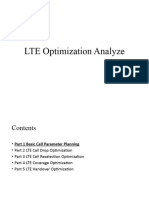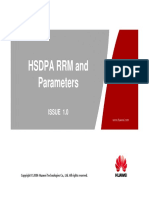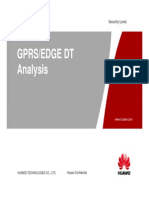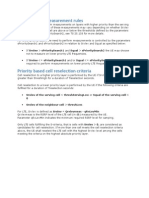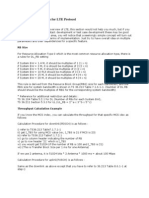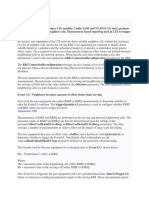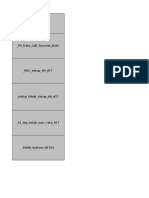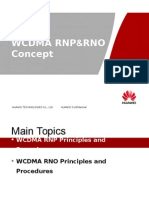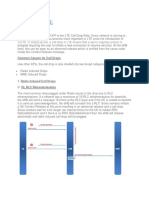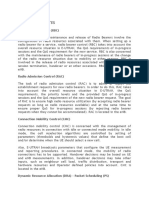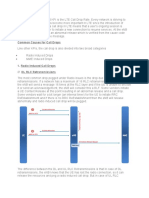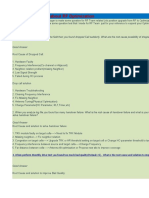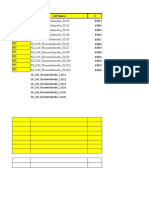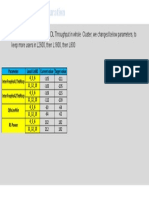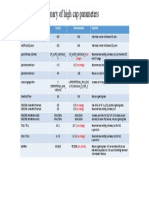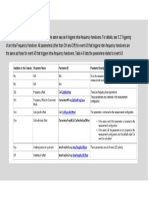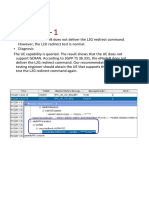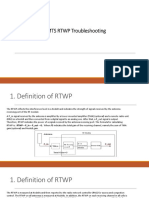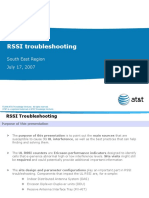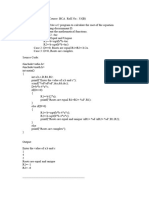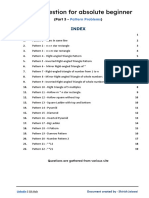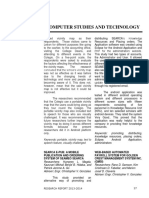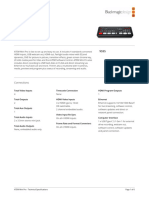0% found this document useful (0 votes)
424 views7 pagesMP Load Control Mechanism (New in L13A)
1) The document discusses mechanisms to control MP load in the radio access network, including adjusting timers to reduce RRC connection setups and increasing handover margins to reduce handovers.
2) It recommends increasing the tInactivityTimer from 10s to 30s and the a3offset handover threshold from 3dB to 5dB for high capacity cells to lower signaling load.
3) The document also lists various performance metrics for observing MP load and the impact of load control mechanisms, such as RRC connection failures, paging discards, and handover rejections due to high load.
Uploaded by
AsmaeCopyright
© © All Rights Reserved
We take content rights seriously. If you suspect this is your content, claim it here.
Available Formats
Download as PPTX, PDF, TXT or read online on Scribd
0% found this document useful (0 votes)
424 views7 pagesMP Load Control Mechanism (New in L13A)
1) The document discusses mechanisms to control MP load in the radio access network, including adjusting timers to reduce RRC connection setups and increasing handover margins to reduce handovers.
2) It recommends increasing the tInactivityTimer from 10s to 30s and the a3offset handover threshold from 3dB to 5dB for high capacity cells to lower signaling load.
3) The document also lists various performance metrics for observing MP load and the impact of load control mechanisms, such as RRC connection failures, paging discards, and handover rejections due to high load.
Uploaded by
AsmaeCopyright
© © All Rights Reserved
We take content rights seriously. If you suspect this is your content, claim it here.
Available Formats
Download as PPTX, PDF, TXT or read online on Scribd
/ 7










